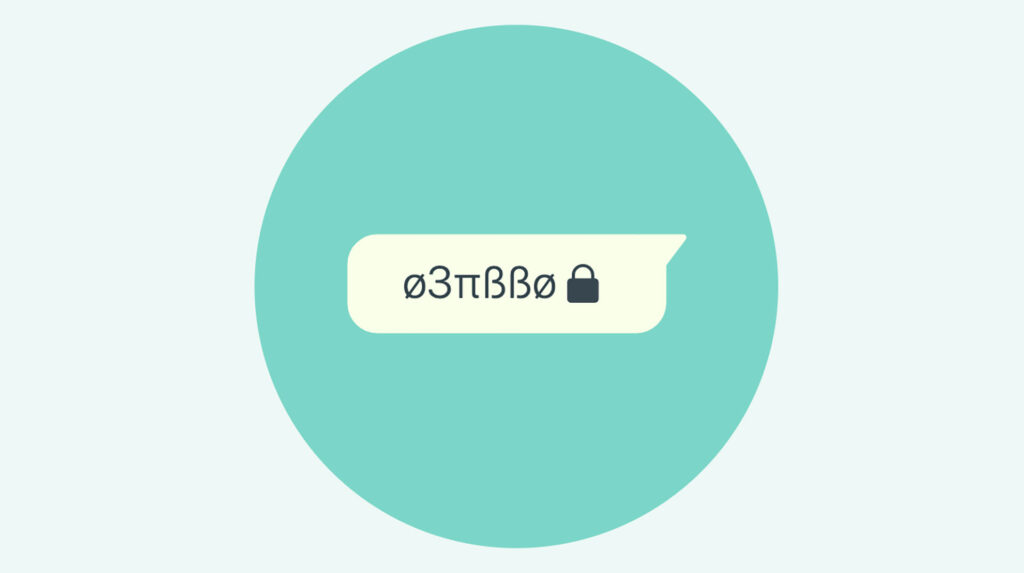
Facebook is always looking for solutions to display more targeted ads. To achieve this despite data encryption on WhatsApp, the company is taking a keen interest in homomorphic encryption. We explain what it is.
Facebook wants to expand the capabilities of its advertising network without infringing on the privacy of the public. According to The Information website, the company is currently working on a way to combine data encryption with the ability to serve targeted advertising.
Encryption is technically used to make data unreadable by the machines in charge of analyzing them. This is what protects apps like Signal or WhatsApp from prying ears. Since Edward Snowden’s revelations about US industrial espionage, more and more people are turning to encrypted solutions to avoid losing their personal data.
But for Facebook, that’s a huge shortfall since less data means less targeted advertising. Except that at the same time, the public is more and more fond of costed solutions. The solution for the social network? Homomorphic encryption
What is homomorphic encryption?
Behind this abstruse term hides a tool supposed to allow the analysis of data without decryption. It is a mathematical operation (like any encryption mechanism) which has the characteristic of giving a similar result whether the operation is performed on encrypted or unencrypted data.
To better understand, let’s take an example. Say I want to know the result of the 12 × 5 operation, but I don’t have the computational skills to do so. The ideal would be to entrust these figures to a computer capable of calculating this complex equation. Except that I don’t want a computer to have access to my master data.
To protect myself, I will therefore encrypt these data by passing them through a mathematical mill. When I came out of this pinch, my 12 became a 192 and my 5 became an 80. These two numbers are multiples of my base numbers (x16), but give no indication of my original data set. The computer will then perform the requested calculation from the “can” figures and generate a result. This result will be returned to me and will go through the same mill (which this time will work backwards to decipher the content rather than encrypt it) and miracle, I will have my result.
By preserving the structure of the data (numbers) and their relations between them (a multiplication), the computer can perform a calculation on an encrypted data without having access to the basic data.
What can it be used for?
Then imagine that a shoe brand wants to advertise on WhatsApp (which is owned by Facebook) for a new pair of sneakers. It suffices that she uses the same pinwheel which will translate the word “basket” into a series of characters that will only be understandable by my phone. If the same sequence of incomprehensible words is present in the messages passing through the WhatsApp servers, then bingo. Once the information has been received and decrypted by my phone, it will be possible to display targeted advertising without WhatsApp knowing the content of the message. The advertiser will not know which profiles their targeted ad has been sent to, they will only be informed of the number of people who have received it.

Text messages are particularly suitable for this kind of tool, as they are very simple data. Homomorphic encryption has a much harder time working effectively on complex data.



